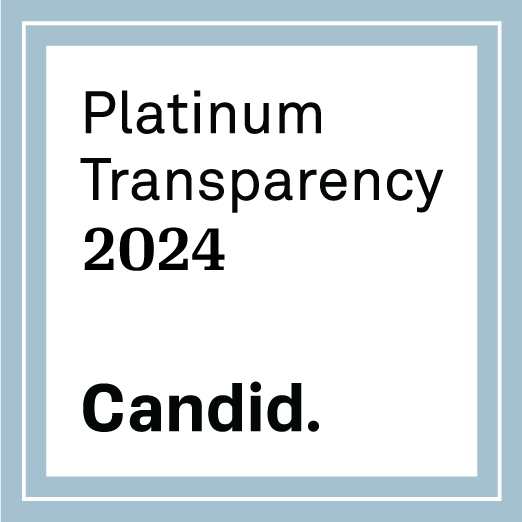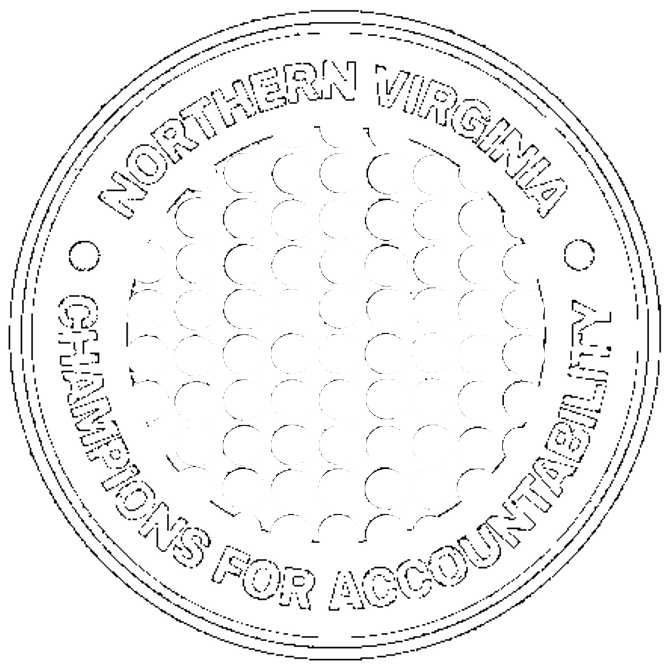Inclusive Prosperity means that every child is prepared for success
by Elizabeth Hughes, Senior Director of Insight RegionTMThis past spring, Insight Region issued a seminal report on economic mobility in Northern Virginia—specifically, the odds that a child born in poverty will achieve wealth as an adult. As it turns out, Northern Virginia is one of the best places in the country to raise a child; an astounding 19 percent of our kids who grew up poor made it to the top as adults, the highest rate of any metro area. Our report identified several neighborhood “opportunity factors” that contribute to this outcome, with one of the strongest being early academic achievement. The connection is so obvious and well-documented by the research literature that I think it should be considered fact: early academic success tends to beget later financial success.
Unfortunately, we are not preparing all children equally well to succeed. Our latest brief in the Inclusive Prosperity series—Ready for Kindergarten, Ready for Life—found that the region not only has a sizable opportunity gap—where public school students from higher-income households tend to perform 2.5-grade levels above students from families with fewer means—it also has a large pre-opportunity gap* where 67% of kids from higher-income families enroll in preschool, compared to just 29% of kids from lower-income families. This gap in preschool enrollment is not just large; it is the largest in the country.
There are many reasons for this disparity in preschool enrollment, but our report examines three of the most obvious:
- Location. Overall, the region has an adequate supply of early childhood (ECCE)—the network of licensed providers who are paid to educate and care for Northern Virginia’s youngest residents—given the number of children under six who live here. However, there are pockets of scarcity, which tend to cluster in neighborhoods where median income dips below $50,000 and the majority of residents are not white. When it comes to “high-quality” care (as assessed by the state), there is a highly constrained supply, with 87% of ECCE slots of unknown quality.
- Cost. Any parent reading this entry knows what the going rate is for childcare—about $18,000 for basic level care and an estimated $23,000 for high-quality care. If you are living at or near poverty ($53,000 a year), this means you will be spending 34% of your income on basic care and 43% on high-quality care. Few families in Virginia use subsidies; instead, national data suggest that families at or near poverty will make it work by skipping licensed care altogether and serving as primary caregivers while they also work. It is important to note that providers are also struggling to “make it work”; teachers face exceptionally low pay (the average salary for a preschool teacher in the DC metro is ~$35,000) and there is high turnover in the industry.
- Demand. At the end of the day, a parent’s decision about who cares for and educates their child is deeply personal. In a national survey from Dec 2020, we learned that while many families prefer the formal care arrangements profiled in this brief, the majority of parents feel that family, friends, or neighbors (FFN) provide the best care for their children. This preference for informal care has only grown as families weather the uncertainty of the pandemic and vary substantially by household income, with more affluent families preferring formal care arrangements, perhaps due to the opportunity cost of leaving the workforce.
The brief offers a set of solutions tied to each of these drivers. In my mind, the recommendations in this publication—as well as the broader Inclusive Prosperity series—are animated by an underlying commitment to choice. We envision a Northern Virginia where all families—regardless of income, race, nativity, or family structure—can find and afford high-quality care for their children… especially when that care is provided by the parents themselves.
*Research consistently points to high-quality preschool as a cost-effective strategy for preparing children for early and later academic achievement.


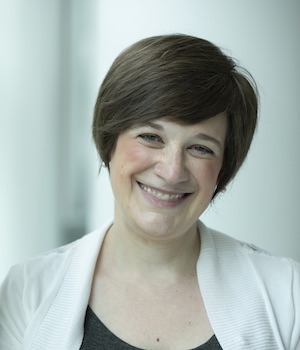 Questions?
Questions?
